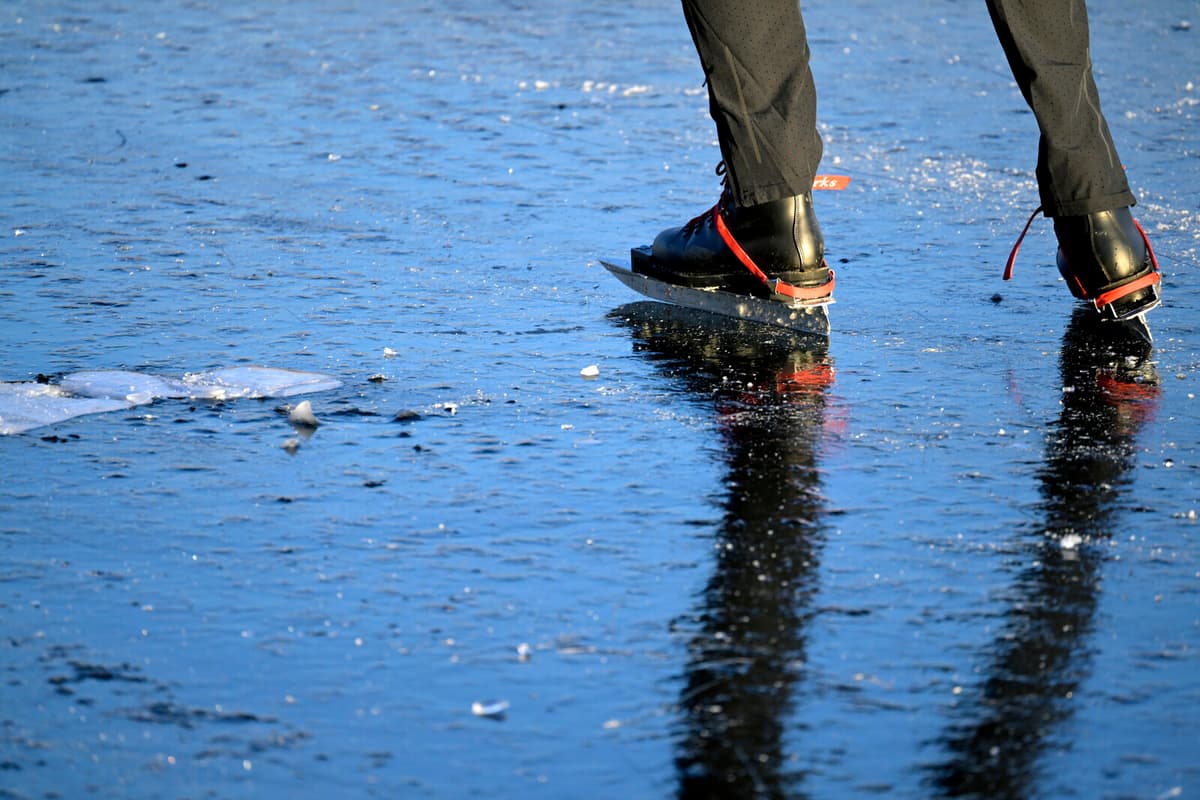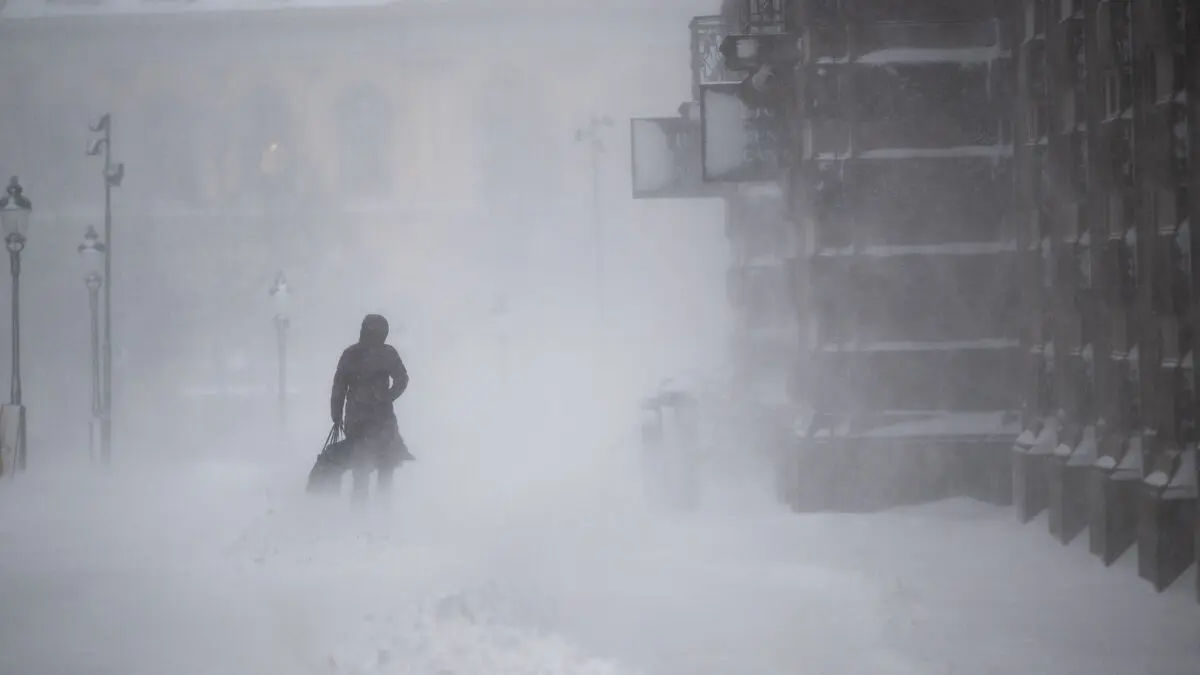Since 2011, 136 people have died in drowning accidents on ice. Knowledge, equipment, and company are the most important ingredients for a safe outing on the ice.
At the beginning of the winter season, it's essential to carefully examine the ice before venturing out. Important factors include how long it has been lying, how cold it has been, and above all, how thick it is.
If you're not extremely familiar with ice and ice conditions, it should be ten centimeters thick. Then it's stable, and anyone can go out, says Jan Insulander.
Eroding from underneath
You should be extra cautious at places with strong currents, such as near outlets and inlets, as well as under bridges and jetties where the water rarely freezes.
Even though it's winter, the water is warm. What comes from the bottom might be four degrees warm, and if it rises to the surface, it erodes the underside, says Jan Insulander.
It's also a good idea to pack a dry change of clothes in a backpack, which can serve as a kind of life jacket in case of an accident. If you do fall through the ice, it's essential to remain calm.
First, you should turn around, because where you came from, the ice held, and that's where you should try to get back up.
Company is important
Here, the importance of company also comes into play. According to Insulander, the best option is to have someone with you who can throw out a rescue line.
Otherwise, you'll need to wear ice claws around your neck, which you use to pull yourself up. If your companion can't help you, they can at least raise the alarm so that someone who can help you might arrive.
Never venture out on the ice alone.
Use ice picks and ice claws.
Study the area where you're going to venture out carefully.
Stay close to the shoreline – by being near the shore, you have a shorter distance to solid ground if something happens.
Bring a dry change of clothes – pack a dry change of clothes in a plastic bag and put it in a backpack, which can become an important flotation aid if an accident occurs.
Leave a travel notice – inform a relative of your route and when you expect to return.
Remain calm if the ice breaks.
Call for help if an accident occurs.
Source: Ice Safety Council
2011: 4
2012: 10
2013: 8
2014: 16
2015: 4
2016: 20
2017: 11
2018: 15
2019: 11
2020: 10
2021: 16
2022: 4
2023: 7
Source: Swedish Lifesaving Society





